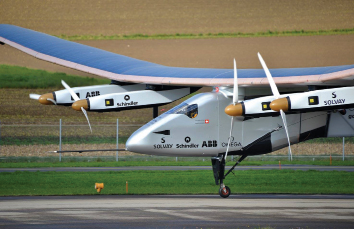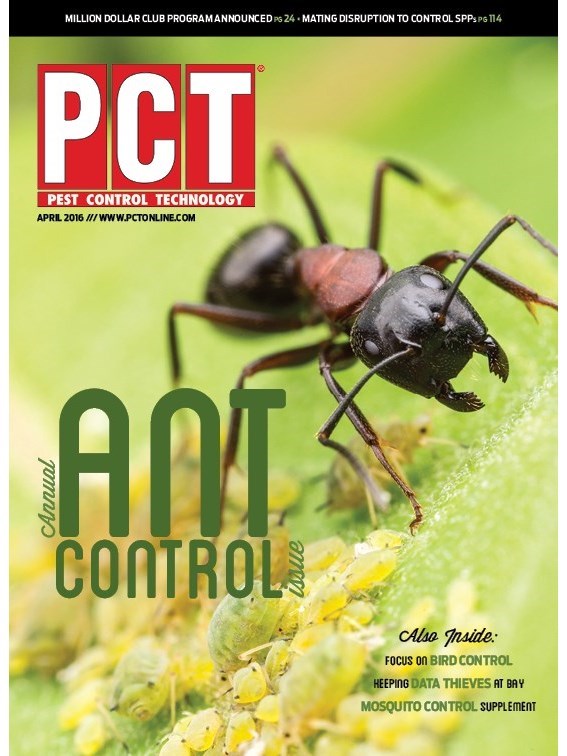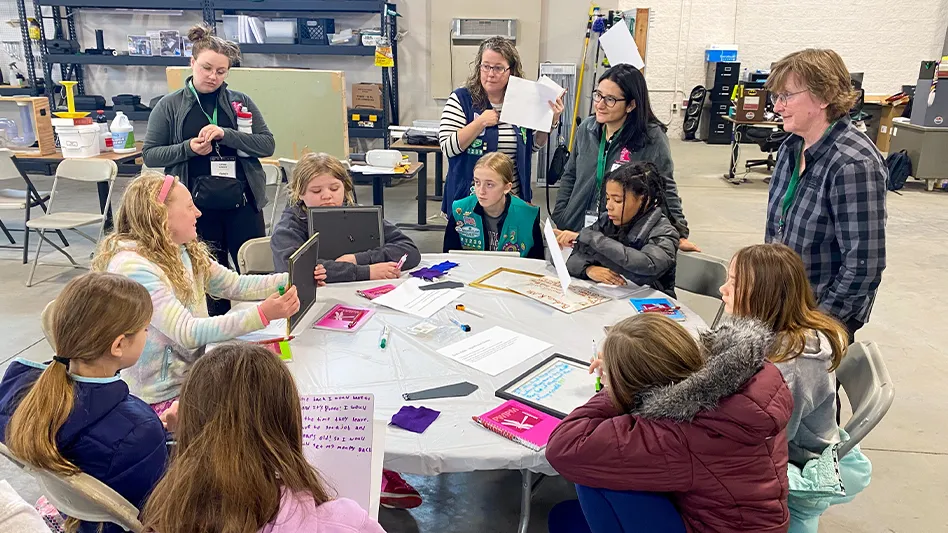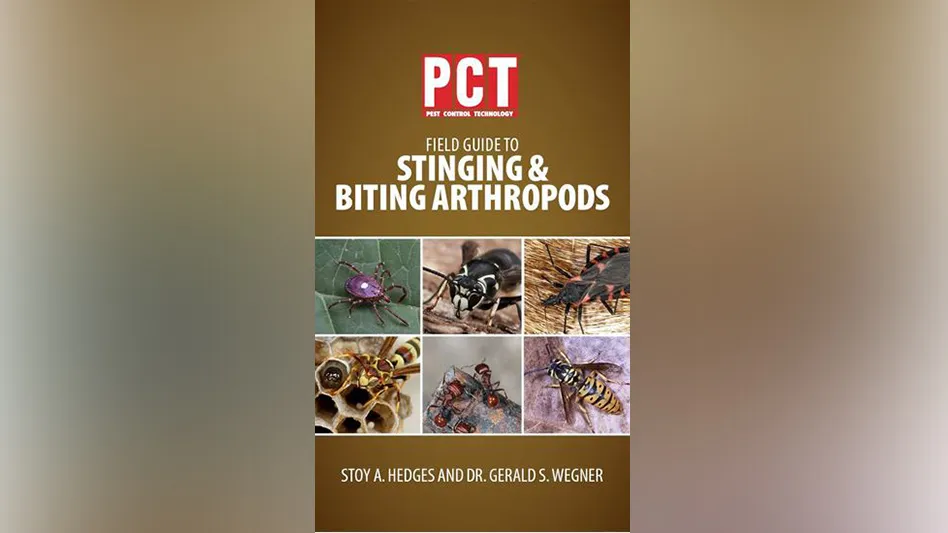
The solar-powered Solar Impulse 2 plane began its trip around the world in Abu Dhabi on March 9, 2015. The record-setting trip is divided into 13 arduous stages, with each leg lasting for days.
The plane had just completed its eighth stage when it landed in Honolulu on July 3, 2015, but due to necessary repairs on the battery packs, the highly technical vessel was grounded until April 2016.
Up until that point the plane spent countless hours soaring with the birds, but now that it was “keeping its feet on the ground,” the goal was to keep the birds out.
BIG-TIME BIRD CONTROL. Birds nesting or defecating on the expensive equipment and sensitive surfaces of the plane posed a huge risk to the aircraft and the future of its mission, so the engineering team for the Solar Impulse contacted Sandwich Isle Pest Solutions, Pearl City, Hawaii, to design and build a bird-proof net enclosure to keep the birds out, while still allowing access to maintenance personnel.
Sandwich Isle tackled the project on a short timetable during its busiest month in 18 years. And although the company had created smaller bird-proof enclosures in the past, those projects didn’t compare to one of this magnitude.
A team of five pest control professionals put in about 120 hours over the course of one week to design, propose and complete the project.
“(Because of the) short notice and the busy month, we needed some help to meet the short deadline of the project,” said Michael Botha, president of Sandwich Isle.
With assistance from vendor Bird Barrier in California, and design and installation company United Bird Control in Arizona, Sandwich Isle was able to meet the deadline. “United flew in from Arizona the day after we contacted them,” said Botha.
He said the greatest obstacle in completing the project, however, was the logistics. Since none of the necessary materials were available in Hawaii, everything had to be shipped overnight from California.
But when the supplies arrived and the dust settled, the result was a huge five-sided enclosure, complete with a roof panel and access doors for maintenance vehicles and equipment to pass through to work on the Solar Impulse 2.
“No anchor points were allowed to be fastened to the ground, so we needed to improvise with concrete block weights and cables,” Botha said. The improvisations worked. The net has had 100 percent exclusion success, Botha said.
The enclosure, measuring 250 feet by 100 feet by 40 feet tall, used a whopping 53,000 square feet of bird netting. However, the most remarkable aspect of the structure was that it was completed two days ahead of the deadline.
After the project’s completion, Botha said the firm had to adjust some of those ground weights, as well as add hundreds of feet of water hose filled with sand.
But for Botha, one of the hardest parts of the project looms. The plane is on schedule to complete the five remaining legs of its journey beginning this month, which means the bird control masterpiece will be dismantled.
Laura Straub is a Cleveland-based freelancer.

Explore the April 2016 Issue
Check out more from this issue and find you next story to read.
Latest from Pest Control Technology
- Gaining Control of Structure-Infesting Carpenter Ants
- Big Blue Bug’s Brian Goldman Receives Rhode Island Small Business Person of the Year Award
- UF Researchers Examine How Much Bait it Takes to Eliminate a Subterranean Termite Colony
- Women in Pest Control Group Continues to Grow, Provide Opportunities in the Industry
- NPMA Announces Results of 2024-2025 Board of Directors Election
- Massey Services Acquires Orange Environmental Services
- Hawx Pest Control Wins Bronze Stevie Award for Sustainability
- Abell Pest Control Highlights Growing Tick Activity Across Canada





